Research Ideas at the end of the literature review
SVOD, VOD, FAST, and Other Video Distribution Systems: A Comprehensive Analysis of Changes in Video and Broadcast Distribution and Production
Introduction
The landscape of video and broadcast distribution has undergone a dramatic transformation in recent years, driven by technological advancements and evolving consumer preferences. This shift has led to the emergence of new video distribution systems, including Subscription Video on Demand (SVOD), Video on Demand (VOD), and Free Ad-supported Streaming Television (FAST), alongside the continued evolution of traditional broadcasting methods. This analysis examines these systems, exploring their impact on both video distribution and production practices.
Subscription Video on Demand (SVOD)
SVOD services, epitomized by Netflix, represent a significant departure from traditional broadcasting models (Lobato, 2017). These platforms offer a vast library of content, accessible on demand for a recurring subscription fee (Vacas-Aguilar, 2021). The success of SVOD hinges on several key factors. First, the availability of high-speed internet access has enabled the widespread adoption of streaming technology (Loebbecke, NaN). Second, the ability to binge-watch entire series at one’s own pace has fundamentally altered viewing habits (Boca, 2019), (Zndel, NaN). Third, SVOD providers have invested heavily in original content, creating exclusive programming that attracts and retains subscribers (Iordache, 2021), (Iordache, 2022). This investment in original content has had a profound impact on the television industry, changing production strategies and forcing traditional broadcasters to adapt (Llamas-Rodriguez, 2020). The international expansion of SVOD platforms like Netflix has also impacted national distribution ecosystems, creating both opportunities and challenges for local producers (Papadimitriou, 2020). Furthermore, SVOD services are increasingly leveraging AI and machine learning to enhance content quality, personalize recommendations, and optimize streaming efficiency (Mrak, 2019), (Khandelwal, 2023). However, the dominance of US platforms in many international markets raises concerns about content diversity and the potential marginalization of local productions (Iordache, 2021). The financial strategies employed by major SVOD players, including their approach to content acquisition and spending, have also undergone significant shifts, particularly in response to the COVID-19 pandemic (Das, 2024).
Video on Demand (VOD)
VOD services offer a broader range of content access models compared to SVOD. While some VOD platforms operate on a transactional basis, charging per view, others offer subscription-based access to a curated library of content (Loebbecke, NaN). The rise of VOD, along with SVOD, has significantly altered the television series industry, impacting production, distribution, and consumption patterns (Boca, 2019). The evolution of VOD is closely tied to technological advancements in broadband connectivity and storage capacities (Loebbecke, NaN). Early attempts to introduce interactive and on-demand services, though not always commercially successful, paved the way for the widespread adoption of VOD platforms (Loebbecke, NaN). The COVID-19 pandemic accelerated the shift towards subscription payment models in the VOD market, further highlighting the evolving dynamics of this sector (Mitrov, 2020). VOD services, like SVOD, also face challenges related to content diversity and the potential dominance of larger, international platforms (Kotlinska, 2024). The impact of VOD on the audiovisual industry’s business model is significant, requiring content creators and distributors to adapt to new media consumption trends and optimize recommendation algorithms (Kotlinska, 2024).
Free Ad-supported Streaming Television (FAST)
FAST channels provide free access to streaming television content, supported by advertising revenue (Herbert, 2018). This model represents a hybrid approach, combining elements of traditional broadcasting (linear programming) with the on-demand accessibility of streaming services (Herbert, 2018). The emergence of FAST channels has broadened access to streaming content, particularly for viewers who may be unwilling or unable to pay for subscription services (Herbert, 2018). FAST channels often provide curated content, focusing on specific genres or demographics (Herbert, 2018). The advertising model, however, presents challenges in terms of revenue generation and the potential for intrusive advertising experiences. The impact of FAST services on traditional broadcast models is still developing, but their increasing popularity suggests a significant shift in how viewers consume free television content (Herbert, 2018). The business models of FAST channels are still evolving, and further research is needed to understand their long-term sustainability and impact on the broader video distribution landscape (Herbert, 2018).
Other Video Distribution Systems
Beyond SVOD, VOD, and FAST, several other video distribution systems are emerging and evolving. These include:
Live Streaming Services (SLSSs): These platforms enable real-time broadcasting of video content, often with interactive elements (Fietkiewicz, NaN). SLSSs have transformed information production and consumption patterns, allowing for more interactive and synchronous viewer engagement (Fietkiewicz, NaN). The motivational factors for both streamers and viewers are diverse and influence production and distribution strategies (Fietkiewicz, NaN). The commercial use of live streaming is also growing, adding another layer to the evolving video distribution landscape (Fietkiewicz, NaN).
Mobile Video on Demand (VoD): The proliferation of smartphones and improved mobile network technologies has fueled the growth of mobile VoD services (Dyaberi, 2010). Challenges remain in terms of offloading video data from congested networks and optimizing delivery for different network conditions (Dyaberi, 2010). Dynamic pricing strategies may also play a role in enhancing the consumer experience and optimizing network resource use (Dyaberi, 2010).
Traditional Broadcasting: While facing significant competition from streaming services, traditional broadcasting continues to evolve. The transition from analogue to digital terrestrial television has transformed broadcasting in many regions (Given, 2016). Broadcasters are adapting by offering online content and incorporating new technologies like AI to enhance production efficiency (Mrak, 2019). However, challenges remain in terms of audience measurement and adapting to changing viewing habits (Given, 2016).
Changes in Video Production
The shift towards streaming has profoundly impacted video production practices. The rise of SVOD has led to increased investment in original content, particularly in genres like scripted series and documentaries (Iordache, 2021), (Iordache, 2022). This has spurred innovation in production techniques, storytelling, and creative approaches (Iordache, 2021). The demand for high-quality video content, especially in formats like 360 VR video, presents technical challenges related to production and distribution (Khan, NaN). AI and machine learning are also transforming production efficiency, enabling cost-effective restoration of historical content and automating traditional tasks (Mrak, 2019). The increasing involvement of AI in production, however, raises concerns about bias and ethical considerations (Khandelwal, 2023). The COVID-19 pandemic significantly disrupted production schedules and workflows, forcing adaptations in remote production techniques and impacting content output (Mitrov, 2020), (Das, 2024). In addition, the shift toward streaming has also impacted the role of paratexts in television, with elements like episodic recaps being reworked or omitted to facilitate binge-watching (Zndel, NaN). The production of content for specific platforms, such as the creation of original French-language series for Canadian SVOD services (Boisvert, 2024), highlights the need to consider local audience demands and cultural contexts.
Changes in Broadcast Distribution
The transition from traditional broadcasting to streaming has fundamentally altered distribution methods. The rise of SVOD, VOD, and FAST channels has created a highly competitive market, forcing traditional broadcasters to adapt their strategies (Vacas-Aguilar, 2021), (Loebbecke, NaN). The shift from linear programming to on-demand access has significantly impacted viewing habits and audience engagement (Boca, 2019), (Zndel, NaN). The distribution of content across multiple platforms, including social media, has added complexity to distribution strategies (Mackay, 2017). The increasing reliance on digital distribution channels has also raised concerns about content security and piracy (Stolikj, NaN). The global reach of streaming platforms has blurred geographical boundaries, impacting the flow of international television programs and creating both opportunities and challenges for local producers and broadcasters (Lobato, 2017), (Papadimitriou, 2020), (Evans, 2016). The regulatory landscape surrounding digital platforms and content distribution is also evolving, raising questions about the role of government intervention in managing the digital media market (Winseck, 2021). Furthermore, the technical challenges related to delivering high-quality video content over diverse network conditions continue to drive innovation in distribution technologies (Dimopoulos, 2016), (Zhang, 2018).
Challenges and Future Directions
The transition to new video distribution systems presents numerous challenges. These include:
- Content Diversity and Local Production: The dominance of large international platforms raises concerns about the potential marginalization of local productions and the homogenization of content (Iordache, 2021), (Milosavljevic, 2024).
- Content Security and Piracy: The ease of accessing and sharing digital content online has led to increased piracy, posing significant challenges for content creators and distributors (Stolikj, NaN).
- Regulation and Governance: The rapid evolution of digital platforms necessitates ongoing discussions about the appropriate regulatory frameworks for managing content distribution and protecting consumer interests (Winseck, 2021).
- Technological Advancements: Keeping pace with technological advancements in areas like AI, VR, and mobile technologies requires continuous innovation in production and distribution techniques (Mrak, 2019), (Khan, NaN), (Dyaberi, 2010).
- Financial Sustainability: The business models of various video distribution systems are still evolving, and the long-term financial sustainability of some models, particularly FAST channels, remains uncertain (Das, 2024), (Herbert, 2018).
- Library Access: Libraries face challenges in providing access to consumer-licensed multimedia content due to digital rights management and the limitations of proprietary streaming services (Cross, NaN).
The future of video and broadcast distribution will likely involve a continued convergence of traditional and new technologies, with a greater emphasis on personalized experiences, interactive content, and innovative business models. Further research is needed to fully understand the long-term impact of these changes on the media landscape, including their effects on content production, distribution strategies, audience engagement, and the broader cultural implications of media consumption (Herbert, 2018), (Boisvert, 2024). The ongoing interplay between technological advancements, evolving consumer preferences, and regulatory frameworks will shape the future of video distribution for years to come. The role of AI and machine learning in enhancing video quality, personalizing recommendations, and optimizing streaming efficiency will only increase in importance (Mrak, 2019), (Khandelwal, 2023). The development of new technologies, such as those related to 360 VR video streaming, will also continue to transform the production and consumption of video content (Khan, NaN). Moreover, the continued growth of mobile video consumption and the challenges associated with offloading video data from congested networks will necessitate further innovation in mobile video distribution strategies (Dyaberi, 2010). Finally, the evolving relationship between traditional broadcasters, streaming platforms, and libraries will significantly shape how video content is accessed and consumed in the future (Cross, NaN), (Given, 2016). The integration of sustainable practices into audiovisual production will also become increasingly important (Kotlinska, 2024), reflecting a growing awareness of environmental and social responsibilities within the media industry. The evolution of video and broadcast distribution is a complex and dynamic process. The emergence of SVOD, VOD, FAST, and other video distribution systems has fundamentally reshaped how video content is produced, distributed, and consumed. While these changes have brought numerous benefits, including increased access to content and personalized viewing experiences, they also present significant challenges related to content diversity, security, regulation, and financial sustainability. Understanding these challenges and adapting to the ongoing changes in the media landscape will be crucial for ensuring the continued success and evolution of the video industry. The integration of technological advancements, evolving consumer preferences, and adaptable business models will define the future of video distribution.
Research Gaps and Suggestions for Research
Research Gap 1: Longitudinal Impact of SVOD on National Audiovisual Ecosystems
While several papers examine the immediate impact of SVOD platforms (like Netflix) on national audiovisual markets (Lobato, 2017), (Papadimitriou, 2020), (Iordache, 2021), (Iordache, 2021), a longitudinal study is needed. This research should track the long-term effects of SVOD on local production, distribution channels, and audience consumption habits across various countries. It would be beneficial to compare countries with differing levels of media market maturity and regulatory environments to analyze the diverse impacts of SVOD’s global presence. The study should utilize mixed methods, combining quantitative data on market shares and production volumes with qualitative data from interviews with industry stakeholders and audience surveys.
Research Gap 2: Comparative Analysis of FAST Channel Business Models and Sustainability
The emergence of FAST channels presents a new hybrid model in video distribution (Fietkiewicz, NaN). However, the long-term financial sustainability of these ad-supported platforms remains uncertain (Vacas-Aguilar, 2021). A comparative analysis of diverse FAST channel business models is needed, examining their revenue streams, cost structures, and audience engagement strategies. The research should assess the effectiveness of different advertising strategies and explore the potential for diversification into subscription models or other revenue streams. Furthermore, the study should analyze the impact of FAST channels on traditional broadcasting and SVOD services, considering the potential for competition and collaboration.
Research Gap 3: The Role of Paratexts in Streaming Platforms and Viewer Engagement
The impact of streaming platforms on traditional television viewing habits is well-documented (Zndel, NaN), (Lobato, 2017), but further research is needed to understand the role of paratexts (e.g., episodic recaps, opening credits) in shaping viewer experience. A comparative analysis of how different streaming services utilize (or omit) paratexts, and their effect on binge-watching behaviors and audience engagement, is crucial. The study should explore whether the absence of traditional paratexts leads to altered narrative comprehension and emotional responses among viewers. Qualitative methods, including user interviews and focus groups, could provide valuable insights into viewer perceptions and experiences.
Research Gap 4: The Impact of AI on Content Diversity and Representation in Streaming Services
While the use of AI in SVOD platforms for personalized recommendations and content optimization is discussed (Khandelwal, 2023), (Kotlinska, 2024), a critical examination of AI’s impact on content diversity and representation is lacking. Research is needed to investigate whether algorithmic biases in recommendation systems lead to the underrepresentation of certain genres, creators, or cultural perspectives. This research should analyze the algorithms used by various streaming services and assess their impact on content visibility and audience exposure to diverse voices. The study should also consider the ethical implications of AI-driven content curation and explore methods for mitigating algorithmic bias.
Research Gap 5: Cross-Cultural Study of Audience Preferences and Consumption Patterns in SVOD
Existing research often focuses on specific national contexts or regions (Papadimitriou, 2020), (Given, 2016), (Milosavljevic, 2024) but lacks a comprehensive cross-cultural comparison of audience preferences and consumption patterns in SVOD. A study comparing audiences across different cultural contexts, considering factors such as language, cultural values, and media consumption habits, is needed. This research should investigate how cultural factors influence the appeal of different genres, original programming, and overall platform usage. Qualitative methods, such as audience surveys and interviews, would be particularly valuable in understanding the nuanced cultural influences on SVOD consumption.
Research Gap 6: The Impact of Mobile Video on Demand on Network Infrastructure
The growth of mobile VoD is closely linked to advancements in smartphone technology and wireless networks (Dyaberi, 2010). However, a deeper understanding of its impact on network infrastructure is required. A study focusing on network congestion, resource allocation, and the effectiveness of different offloading strategies (e.g., using Wi-Fi) is needed. The research should analyze the relationship between network performance, video quality, and user experience in mobile VoD. Quantitative data on network traffic, bandwidth utilization, and user engagement metrics would be essential for this analysis.
Research Gap 7: Comparative Study of Investment Strategies in Original Content Across Streaming Services
While some papers analyze investment strategies of specific platforms (Vacas-Aguilar, 2021), (Iordache, 2021), (Iordache, 2022), (Iordache, 2021), a comprehensive comparative study analyzing original content investment strategies across different SVOD and VOD platforms is needed. This research should compare investment patterns in terms of genre, budget, production location, and target audiences. The study should analyze the factors driving investment decisions and assess their impact on platform success and content diversity. Quantitative data on investment amounts, production costs, and audience engagement metrics would be crucial.
Research Gap 8: The Influence of Streaming Services on Local Cultural Identity
The global reach of streaming platforms has blurred geographical boundaries and impacted the flow of international television programs (Papadimitriou, 2020), (Given, 2016), (Llamas-Rodriguez, 2020). However, a deeper exploration of the influence of streaming services on local cultural identity is needed. A comparative study focusing on the impact of streaming on local content production, cultural representation, and audience perceptions is needed. The research should investigate how streaming platforms balance global reach with local cultural relevance and consider the potential for cultural homogenization or the preservation of local cultural identities. Qualitative methods, such as interviews with filmmakers and audiences, would be crucial in understanding the subtle impacts on cultural identity.
Research Gap 9: The Legal and Ethical Implications of AI in Video Production and Distribution
The increasing use of AI in video production and distribution , (Khandelwal, 2023) raises significant legal and ethical questions. Research is needed to explore issues such as algorithmic bias, copyright infringement, and data privacy. The study should examine the existing legal frameworks and regulatory mechanisms related to AI in the media industry and assess their adequacy in addressing the emerging challenges. It should also consider the ethical implications of AI-driven decision-making in content creation and distribution and propose guidelines for responsible AI development and implementation.
Research Gap 10: The Future of Libraries in the Streaming Era
Libraries face significant challenges in providing access to consumer-licensed multimedia content (Cross, NaN). A study exploring the evolving role of libraries in the streaming era is needed. This research should investigate innovative approaches to providing access to digital media, considering factors such as licensing agreements, digital rights management, and the integration of streaming services into library collections. The study should explore potential partnerships between libraries and streaming platforms and propose strategies for ensuring equitable access to digital content for all library patrons. The study should also consider the implications for library services, staffing, and resource allocation.
This outline of research gaps and suggestions aims to stimulate further inquiry into the evolving landscape of video distribution. Addressing these gaps will significantly enhance our understanding of the complex interplay between technology, culture, and the business of video.
References
1. Lobato, R. (2017). Rethinking international tv flows research in the age of netflix. SAGE Publishing. https://doi.org/10.1177/1527476417708245
2. Vacas-Aguilar, F. (2021). El mercado del vdeo en streaming: un anlisis de la estrategia de disney+. El Profesional de la Informacion. https://doi.org/10.3145/EPI.2021.JUL.13
3. Loebbecke, C. (NaN). Video content services as a transforming industry.
4. Boca, P. (2019). Good things some to those who binge: an exploration of binge-watching related behavior. Babe-Bolyai University. https://doi.org/10.24193/jmr.34.1
5. Zndel, J. (NaN). Serial skipper: netflix, binge-watching and the role of paratexts in old and new televisions.
6. Iordache, C., Raats, T., & Afilipoaie, A. (2021). Transnationalisation revisited through the netflix original: an analysis of investment strategies in europe. SAGE Publishing. https://doi.org/10.1177/13548565211047344
7. Iordache, C., Raats, T., & Mombaerts, S. (2022). The netflix original documentary, explained: global investment patterns in documentary films and series. Taylor & Francis. https://doi.org/10.1080/17503280.2022.2109099
8. Llamas-Rodriguez, J. (2020). Luis miguel: la serie, class-based collective memory, and streaming television in mexico. None. https://doi.org/10.1353/cj.2020.0035
9. Papadimitriou, L. (2020). Digital film and television distribution in greece: between crisis and opportunity. Springer International Publishing. https://doi.org/10.1007/978-3-030-44850-9_10
10. Mrak, M. (2019). Ai gets creative. None. https://doi.org/10.1145/3347449.3357490
11. Khandelwal, K. (2023). A study to know – use of ai for personalized recommendation, streaming optimization, and original content production at netflix. International journal of scientific research and engineering trends. https://doi.org/10.61137/ijsret.vol.9.issue6.119
12. Iordache, C. (2021). Netflix in europe: four markets, four platforms? a comparative analysis of audio-visual offerings and investment strategies in four eu states. SAGE Publishing. https://doi.org/10.1177/15274764211014580
13. Das, J. H. (2024). Lights, camera, capital: analyzing financial tactics in the streaming entertainment landscape. International Journal of Science and Research Archive. https://doi.org/10.30574/ijsra.2024.11.1.0190
14. Mitrov, H. (2020). Television market development during the covid-19 pandemic. None. https://doi.org/10.32839/2304-5809/2020-10-86-9
15. Kotlinska, M. (2024). The influence of digital transformation on the evolution of the audiovisual industry. EUROPEAN RESEARCH STUDIES JOURNAL. https://doi.org/10.35808/ersj/3702
16. Herbert, D., Lotz, A. D., & Marshall, L. (2018). Approaching media industries comparatively: a case study of streaming. SAGE Publishing. https://doi.org/10.1177/1367877918813245
17. Fietkiewicz, K. & Zimmer, F. (NaN). Introduction to the live streaming services minitrack. None. https://doi.org/None
18. Dyaberi, J. M., Kannan, K. N., Pai, V. S., Chen, Y., Jana, R., Stern, D., & Wei, B. (2010). Scholastic streaming: rethinking mobile video-on-demand in a campus environment. None. https://doi.org/10.1145/1878022.1878035
19. Given, J. (2016). There will still be television but i dont know what it will be called!: narrating the end of television in australia and new zealand. Cogitatio. https://doi.org/10.17645/mac.v4i3.561
20. Khan, K. (NaN). Advancements and challenges in 360 virtual reality video streaming: a comprehensive review of cloud-based solutions. International journal of advanced networking and applications. https://doi.org/10.35444/ijana.2024.15408
21. Boisvert, S. (2024). Streaming diversit: exploring representations within french-language scripted series on canadian svod services. None. https://doi.org/10.1177/13548565241270691
22. Mackay, H. (2017). Social media analytics: implications for journalism and democracy 1. None. https://doi.org/None
23. Stolikj, M., Jarnikov, D., & Wajs, A. (NaN). Artificial intelligence in media making security smarter. None. https://doi.org/None
24. Evans, E., McDonald, P., Bae, J., Ray, S., & Santos, E. (2016). Universal ideals in local realities. SAGE Publishing. https://doi.org/10.1177/1354856516641629
25. Winseck, D. (2021). Growth and upheaval in the network media economy in canada, 1984-2020. None. https://doi.org/10.22215/gmicp/2021.1
26. Dimopoulos, G., Leontiadis, I., Barlet-Ros, P., & Papagiannaki, K. (2016). Measuring video qoe from encrypted traffic. ACM/SIGCOMM Internet Measurement Conference. https://doi.org/10.1145/2987443.2987459
27. Zhang, B., Jin, X., Ratnasamy, S., Wawrzynek, J., & Lee, E. A. (2018). Awstream. None. https://doi.org/10.1145/3230543.3230554
28. Milosavljevic, I. (2024). Domestic video streaming services – characteristics, offer and perception of users in serbia. MEDIA STUDIES AND APPLIED ETHICS. https://doi.org/10.46630/msae.2.2024.03
29. Cross, W. M. & Orcutt, D. (NaN). Dont share this item! developing digital collections and services in a consumerlicensed world. None. https://doi.org/10.5703/1288284316327
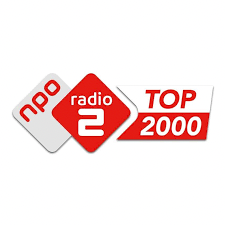

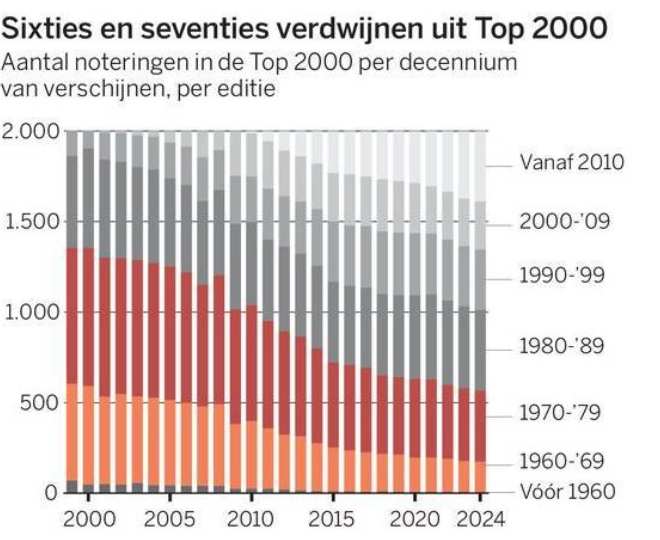
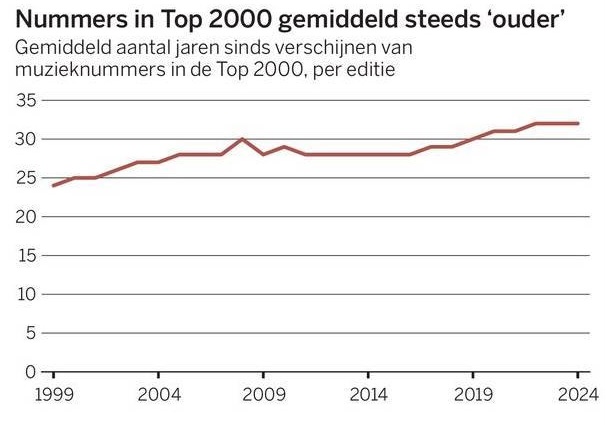
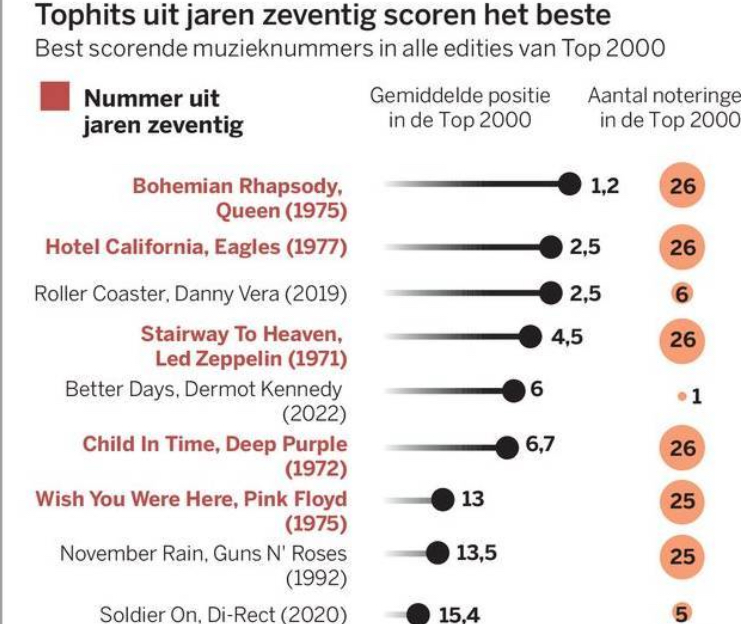

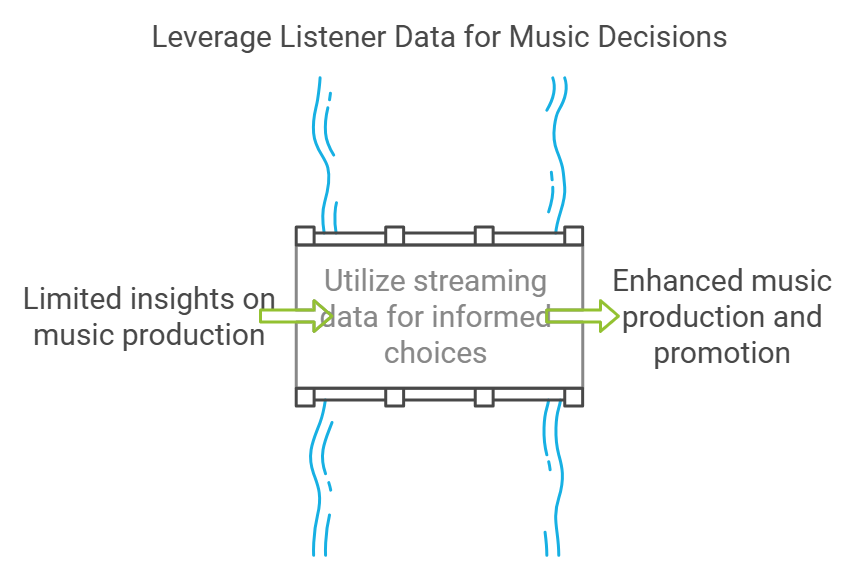
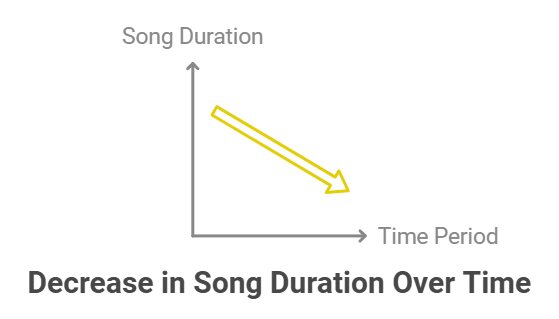
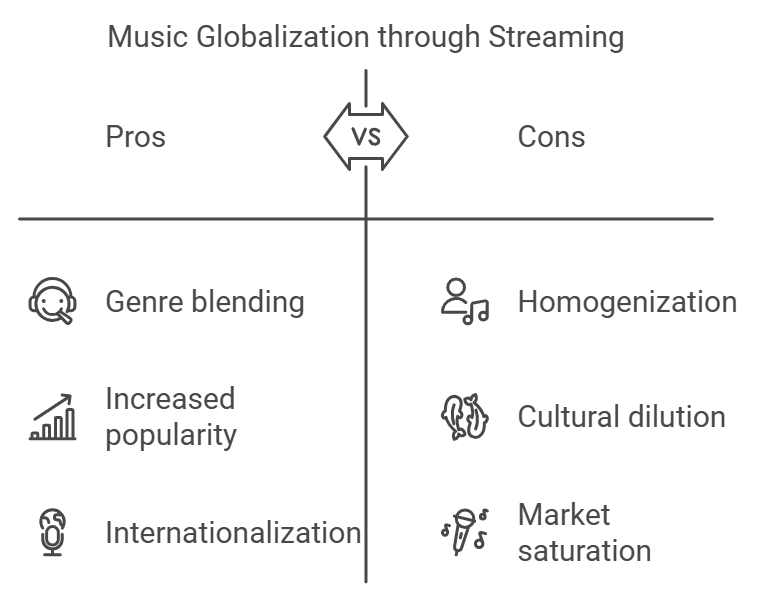
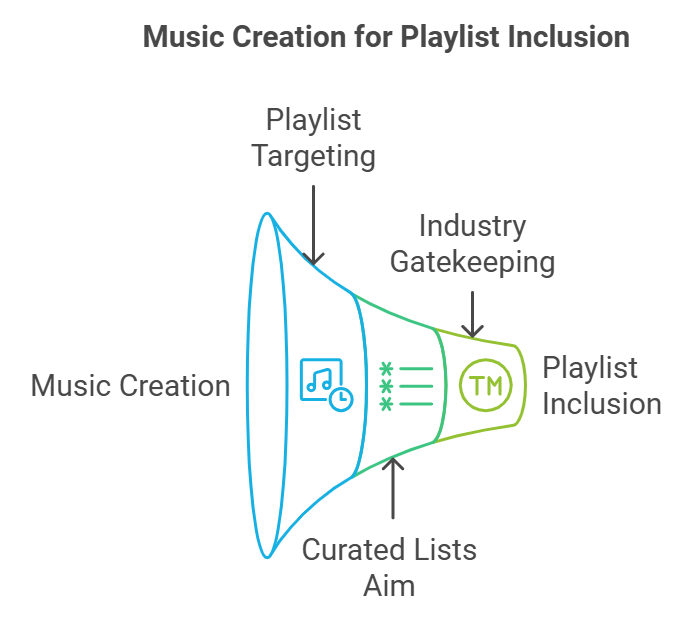
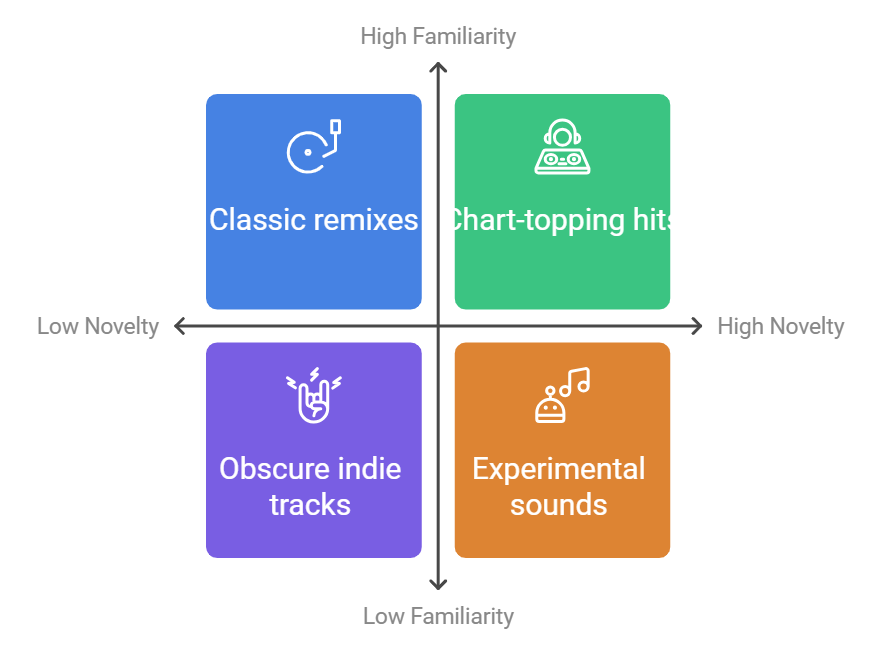
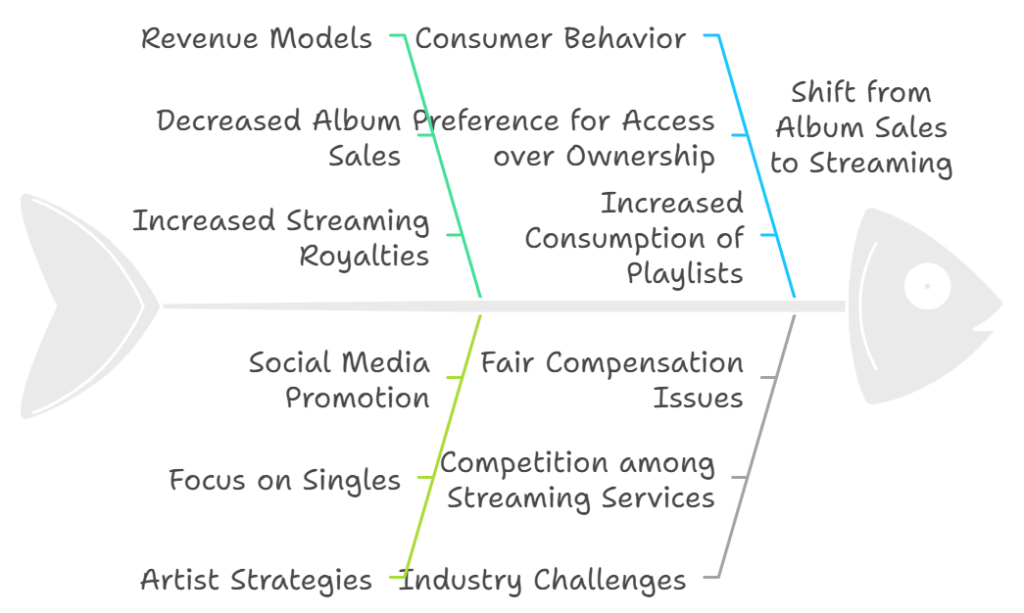
Geef een reactie